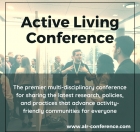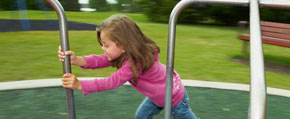We are pleased to announce an exciting new alliance between Active Living Research and GP RED to co-host and coordinate...
The Use of Refundable Tax Credits to Increase Low Income Children's After-School Physical Activity Level
The cost barrier appears to have a dramatic adverse impact on the level of participation of children from low-income communities in after-school physical activity programs. One way to reduce this cost barrier is to provide tax incentives to parents to enroll their children in organized after-school physical activity programs. The goal of this study is to ascertain, using the SLOTH economic framework (a time-budget model incorporating Sleep, Leisure, Occupation, Transportation, and Home-based activities), how California state government could address the childhood obesity problem by using the tax system as a tool to promote children's after-school physical activity level, particularly among low-income children. This study will examine the extent to which refundable tax credits could influence parents' behavior that promotes their children's physical activity level by enrolling them in after-school physical activity programs. The targeted behavior addressed by the proposed study is organized physical activity outside of the school setting of low-income children between age of 5 and 11 years old enrolled in the Los Angeles Unified School District.
STAY UP TO DATE
RECENTLY ADDED TOOLS & RESOURCES
MOVE! A BLOG ABOUT ACTIVE LIVING
The "Active Living Conference" aims to break down research and practice silos and...







